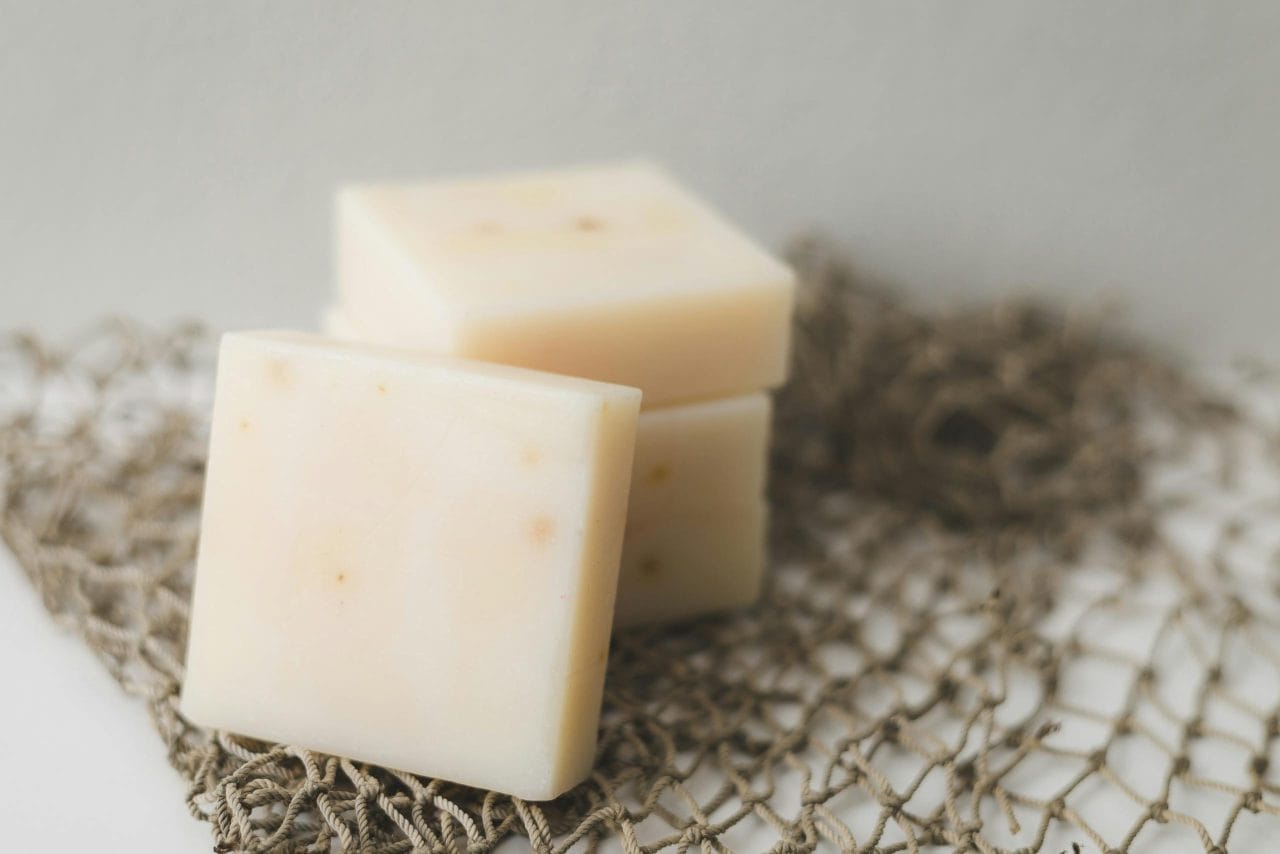I Made These FREE Vintage Recipe Tools JUST For You
This recipe was created with help from AI tools and carefully reviewed by a human. For more on how we use AI on this site, check out our Editorial Policy. Classic Fork earns a small commission from Amazon and other affiliate links at no extra cost to you, helping us keep our content free and honest.
Early American Cheese Recipes Made from Scratch
Cheese in early America wasn’t wrapped in plastic or sliced into perfect squares. It was homemade, rustic, and made with what was on hand.
No fancy equipment. No chemicals. Just milk, salt, and a little patience.
What Would You Cook in Wartime?
Step back in time and discover what you could make with limited wartime rations
How They Made Cheese Back Then
Early American cheese started with the basics:
- Fresh milk (cow or goat)
- Rennet, lemon juice, or vinegar to curdle it
- Salt to flavor and preserve
Once the milk curdled, the curds were scooped out and drained. You could eat them fresh or press them into blocks to firm up. That’s your classic farmer’s cheese.
Want something harder, like cheddar? You’d press and age it. The longer it sat, the sharper it got.
Fresh vs. Aged Cheeses
Most homes made soft cheeses—they were quick, easy, and didn’t need aging. Think crumbly curds, spreadable cheese, or soft blocks.
Hard cheeses like cheddar or Gloucester took more time and care. These were often made in cooler weather or stored in cellars to age slowly.
Cheese in Colonial Cooking
Cheese wasn’t just for snacking. It was cooked into all sorts of dishes.
One famous recipe? Maccarony Cheese—a baked dish from the 1700s using grated cheese, cooked pasta, eggs, and a splash of wine. Early mac and cheese, colonial-style.
They used rich cheeses like Gloucester or Cheshire. And it wasn’t always creamy—it was more like a cheesy casserole.
No Factory Processing
There was no such thing as “processed cheese.”
No emulsifiers. No stabilizers. If it melted, it melted. If it didn’t, tough luck—you ate it anyway.
Cheese flavor and texture came down to milk quality and aging. Every block was different.
Modern American Cheese, DIY Style
Today’s homemade American cheese is a whole other story. It’s built for melting—perfect grilled cheese, gooey burgers, creamy sauces.
But even then, some recipes try to keep it real.
They use:
- Shredded cheddar or Colby
- Milk powder
- Gelatin or sodium citrate (to help it melt smoothly)
- Salt and cream of tartar
It comes together in under 15 minutes and gives you that soft, sliceable block we associate with American cheese—without the junk.
Why It Matters
Early American cheese shows how people made the most of what they had. Simple, nourishing, and no waste.
Modern homemade American cheese tries to recreate that from-scratch spirit, with a little science added in. It’s not about perfection. It’s about flavor and practicality.
So whether you’re aging cheddar in your basement or melting Colby in your saucepan, you’re part of a long, cheesy tradition.
And honestly? That’s kind of beautiful.

